Parent Tips: Practices 3.10.2-3.10.5
The big moment has finally arrived! After spending many practices dissecting complex texts, understanding exactly what they say, how they say it, the foundational assumptions, the embedded questions, the special terms, and then all the ways that the authors might be wrong, your child will be asked in Practices 3.10.2-3.10.5 to decide if they think the arguments in the texts are successful. Deciding what you think is no small task because there is no right or wrong here—with some exceptions. Instead, there are only the opinions your child can support with evidence and sound reasoning.
So, some children may struggle with this practice if they don’t feel confident in their own judgment or don’t like gray situations. Others may disregard all of the work they did in the preceding steps and write what they originally thought of a text’s argument, missing all the nuance they discovered in the analysis process.
If your child isn’t sure what to do, ask them to start with what they feel most confident to be correct and build their opinion on those pieces of evidence. Or, argue that it’s impossible to make any sort of firm judgment, and explain why.
If your child is the second type, who wants to rush through, ask them to tell you the counterarguments that destroy what they’ve written. Saying these doubts out loud and then hearing you ask, “Okay, so what do you say to that?” will help them slow down and add more nuance to their argument.
As always, you’re also welcome to have your child log in to Live Help hours to talk things through with us.
Conversation vs. Debate
We believe bright kids can handle complexity, so we also introduce the concept of conversation versus debate in this lesson—both because debate and conversation are practical life skills and because being able to switch between the two helps kids become more flexible and nuanced writers and thinkers. The lesson builds on the work that kids have already been doing to understand audience.
Kids who tend to be more assertive or prefer black and white thinking will likely feel comfortable with using a debate approach to their writing. Kids who don’t have that self-confidence or view of the world may need more support to take a strong definitive position. Similarly, assertive kids may need support to take a step back and situate themselves in a conversation.
—
Yes, your children are making big moves in this series of practices. So Practices 3.10.2-3.10.5 are Big Brain Leaps.

